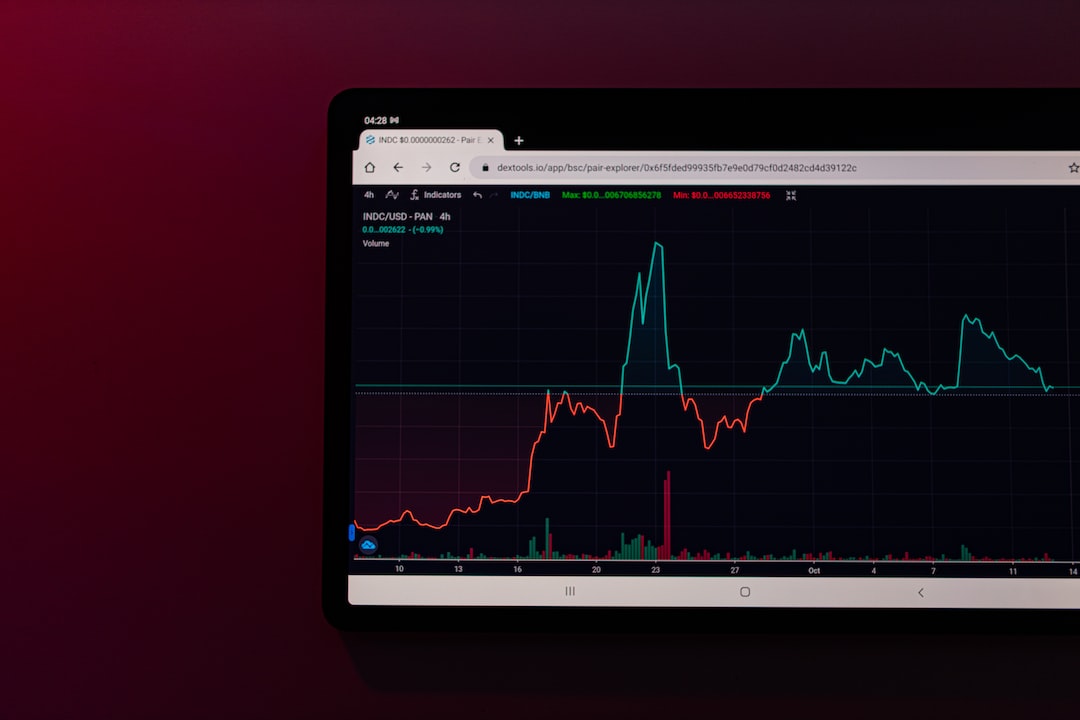AI Detects Early Signs of Parkinson’s Disease Using Retinal Scans
The intersection between medicine and artificial intelligence is more prevalent than ever. Recently, a team of researchers harnessed the power of AI to detect signs of Parkinson’s disease up to seven years before clinical diagnosis. This year alone, AI has been a beacon of hope in the medical field, restoring mobility to quadriplegics, combating age-related diseases, predicting cancer treatment outcomes, and even deciphering intricate protein interactions. This latest study, spearheaded by a University College London and Moorfields Eye Hospital team, looked at retinal scans.
Main Breakdowns:
- Retinal scans can detect markers of Parkinson’s disease
- Individuals with Parkinson’s have thinner ganglion cell–inner plexiform layer (GCIPL) and inner nuclear layer (INL) in the retina
- Reduced membrane thickness in Parkinson’s patients could be due to cerebral neurodegeneration
- AI played a crucial role in analyzing the vast amount of data and identifying patterns
- Retinal scans offer a scalable, non-invasive, and cost-effective pre-screening tool for Parkinson’s and other diseases
The ability of AI to ingest vast amounts of data and uncover patterns that might elude the notice of human researchers was instrumental in these discoveries. Miss Louisa Wickham, Moorfields’ medical director, explained that increasing imaging across a wider population will have a huge impact on public health in the future and will eventually lead to predictive analysis. Professor Alastair Denniston, consultant ophthalmologist at University Hospitals Birmingham, stated that AI can be a powerful aid in medical research and can detect very early signs of Parkinson’s, opening up new possibilities for treatment. Lead author Siegfried Wagner hopes that this method could soon become a pre-screening tool for people at risk of the disease, allowing for lifestyle changes to prevent its development.
Hot Take:
The use of artificial intelligence in analyzing retinal scans has shown promising results in detecting early signs of Parkinson’s disease. With the ability to identify markers up to seven years before clinical diagnosis, AI offers a potential breakthrough in early intervention and preventative measures. This study highlights the power of AI in medical research and paves the way for scalable and cost-effective pre-screening tools for various diseases. As AI continues to advance, its role in revolutionizing healthcare and improving patient outcomes is becoming increasingly apparent.





 By
By
 By
By
 By
By
 By
By
 By
By
 By
By